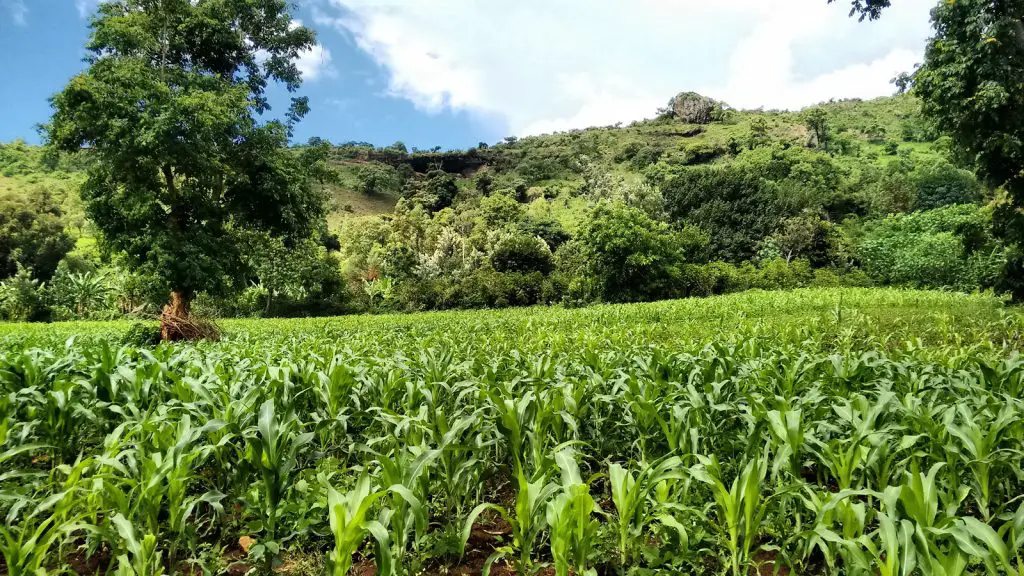Uganda food inflation declines in spite of a failed harvest from the 2019 first crop season.
Uganda has maintained a relatively low food inflation rate at 1.9 per cent from the 2018 bumper harvest.
Since June 2018, the country has experienced a great harvest of maize, beans, sorghum rice; cassava, sweet potatoes and Irish potatoes that which has kept the prices of all staple foods low meaning households were able to meet their food needs.
Opolot Okaasai, a crop resource expert and former director at the Ministry of Agriculture Animal Industry and Fisheries said that 2018 was good since the first rains came on time across the country and floods came after the crops had been harvested.
This year however started on a difficult note for the country. Although the first quarter was affected by the two tropical cyclones that hit Mozambique and disrupted the country’s rain pattern despite it being normally dry. The March-June rain season was characterised by drought conditions as the cyclones redirected precipitations away from East Africa.
Also Read: Uganda spends less on agriculture in East Africa
Uganda’s latest Food and Agricultural Organisation brief said, “Total cereal production for 2019 is tentatively set at about 3.4 million tonnes, nearly 10 per cent down from 2018 and 5 per cent below the average of the previous five years.”
The brief, however, said food inflation is expected to decline in December when fresh harvests will be reaching the markets.
Mr Okaasai explained that the country is likely to have a poor harvest in the second crop season which they are expecting to increase food crop prices.
Uganda’s minister for Agriculture Vincent Bamulangaki Ssempijja said since September maize prices have been increasing. The prices are expected to remain high for the next few months as heavy rains in several maize growing areas are going to disrupt the next harvest.
A kilogramme of maize is retailing between $0.32 and $0.35 up from $0.2 in July.
Despite this, in the recent years, Uganda has become a net exporter of food to the rest of East Africa, with maize, beans, soya bean, simsim, groundnuts and tea high on the list of foodstuffs exported to neighbouring countries, especially South Sudan and Kenya.
